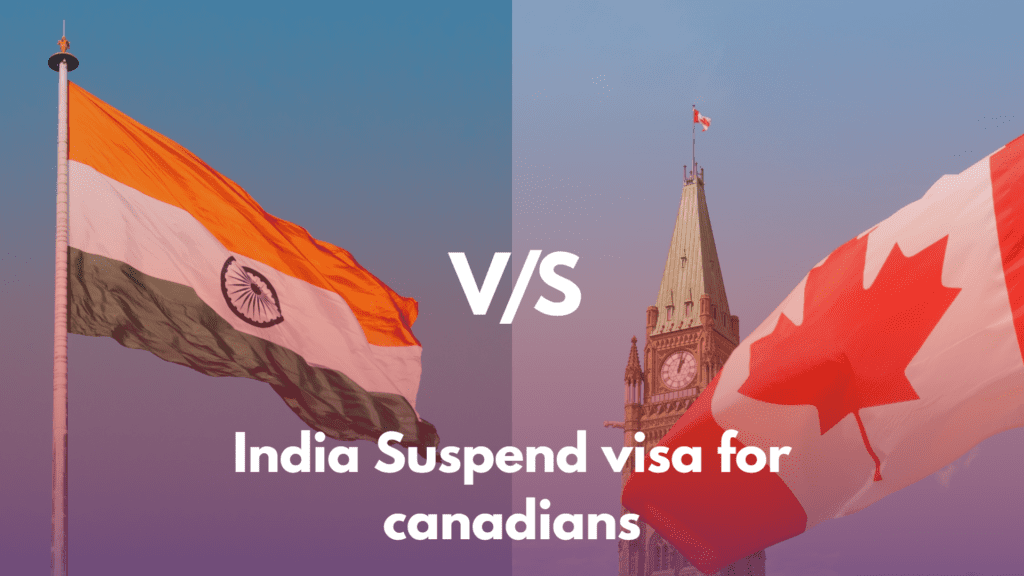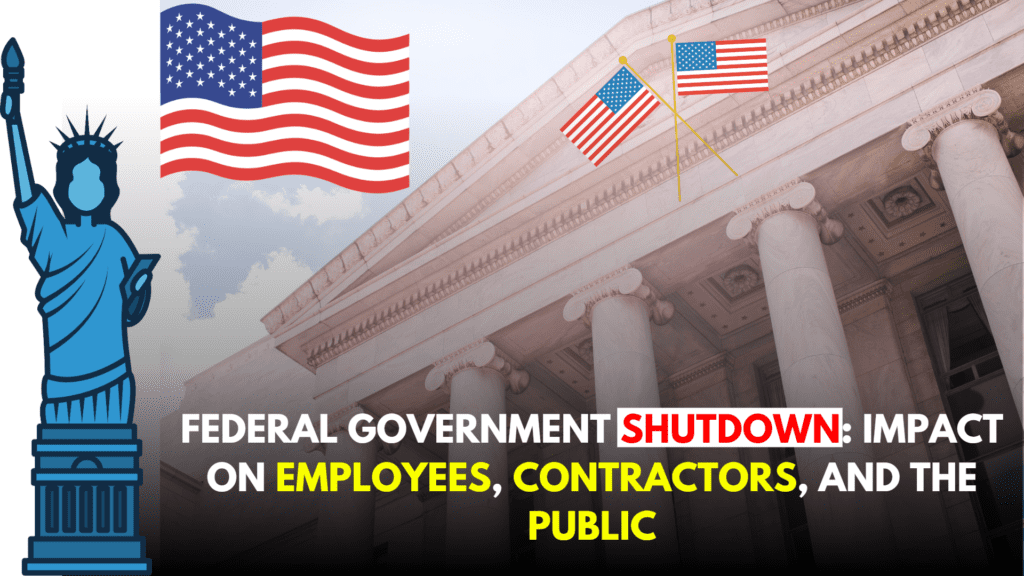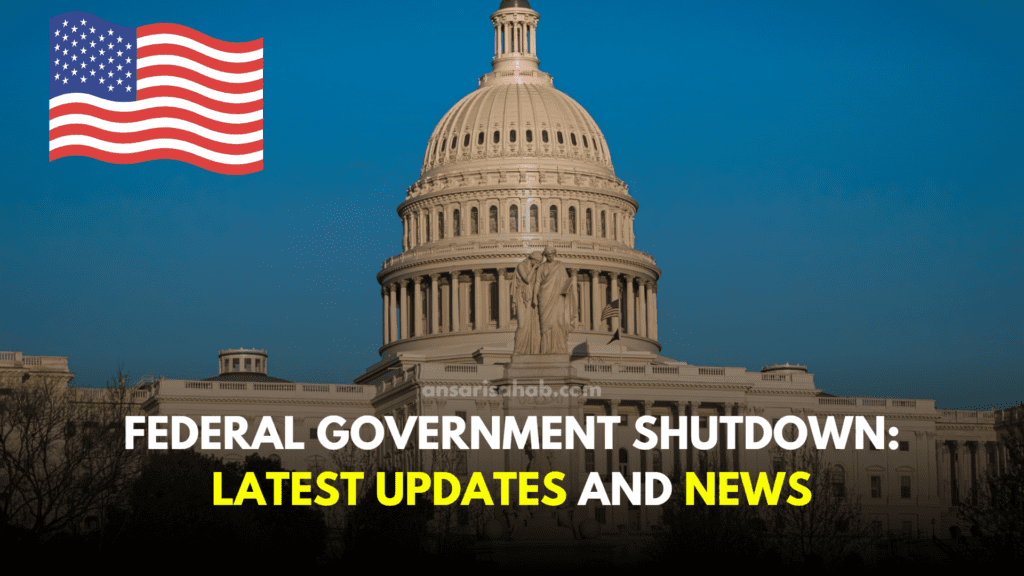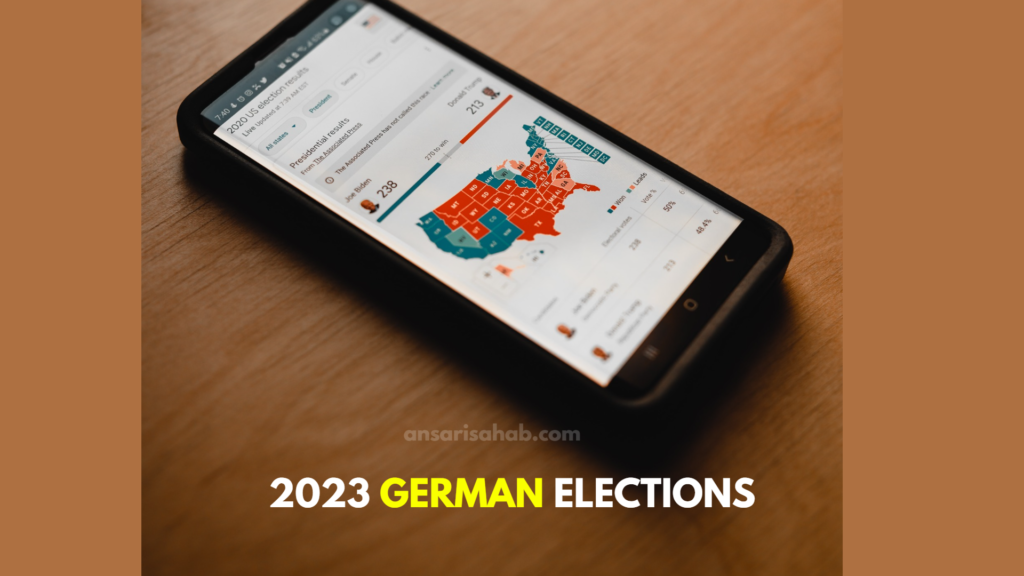Trade policy has once again taken center stage in 2025, as major economic powers spar over tariffs, import bans, and retaliatory measures. In recent weeks, India formally rejected a U.S. tariff threat stemming from concerns over electric vehicle (EV) incentives, while the United States and European Union joined forces to condemn Russia’s sweeping import restrictions on goods from “unfriendly” countries. These developments underscore the fragility of the rules-based global trading system and highlight shifting alliances, strategic priorities, and the delicate balance between protectionism and free trade.
1. India’s Stand Against New U.S. Tariffs
Background: EV Incentives and WTO Complaints
In early 2025, the U.S. Commerce Department launched a Section 301 investigation into India’s subsidies for locally manufactured electric vehicles. Washington argued that India’s Production Linked Incentive (PLI) scheme—offering up to ₹18,000 crore (~USD 2.2 billion) in tax breaks and grants—distorted competition and violated World Trade Organization (WTO) rules on unfair subsidies. In response, U.S. Trade Representative Katherine Tai warned that Washington could impose 25% additional tariffs on key Indian exports, including garments, jewelry, and pharmaceuticals, if New Delhi did not alter its incentives.
India’s Rejection
On July 20, 2025, India’s Ministry of Commerce and Industry issued a formal statement rejecting the U.S. threat. Key points:
- Legal Compliance: India affirmed that its EV incentives comply with WTO’s Subsidies and Countervailing Measures (SCM) Agreement, citing carve-outs for environmental goods and services.
- Sovereign Right: The statement emphasized India’s sovereign right to pursue industrial policy and climate goals—particularly National Electric Mobility Mission Plan 2030, which targets 20 million EVs on roads by decade’s end.
- Reciprocal Measures: India warned it could retaliate by imposing duties on U.S. steel and aluminum, echoing past actions under former President Trump’s Section 232 tariffs.
Implications for Indo–U.S. Relations
This standoff arrives amid a broader strategic partnership between Washington and New Delhi—spanning defense, technology, and climate. Analysts note:
- Diplomatic Strain: The tariff threat risks undermining goodwill from recent high-level visits, including PM Modi’s invitation to Washington for the U.S.–India Trade Ministerial.
- Economic Stakes: U.S. goods account for just 2.5% of India’s imports, whereas India’s exports to the U.S. exceed USD 80 billion annually. Retaliatory duties could disrupt supply chains, raise prices for American consumers, and give China an opening.
- WTO Path: Both sides may escalate to WTO dispute settlement, a process taking years—during which uncertainty will dampen investment in EV supply chains.
2. U.S. and EU Unite Against Russia’s Import Bans
Russia’s “Unfriendly Countries” List
In a bid to shore up domestic industry and punish Western sanctions, on July 10, 2025, Moscow published a decree banning imports of over 120 product categories from the U.S., EU, UK, Canada, and Japan. Affected goods include:
- Machinery parts and specialized tools
- Electronics components and semiconductors
- Luxury goods (wines, cosmetics, designer apparel)
- Agricultural products (cheese, meat, grains)
Washington and Brussels Hit Back
The U.S. Department of Commerce and the EU Commission swiftly issued a joint communiqué condemning Russia’s actions as:
- “Incompatible with WTO Obligations”: Both the U.S. and EU noted Russia’s unilateral bans breach Most-Favored-Nation (MFN) treatment.
- “Risky Retaliation”: By excluding essential supplies—especially semiconductors—Moscow threatens to disrupt global tech supply chains and weaken Russia’s own productivity.
- “Political Coercion”: Labeling the bans as an attempt to coerce “unfriendly” states, the statement called for an emergency WTO consultation.
Potential Countermeasures
While formal WTO action may take months, the U.S. and EU have signaled interim measures:
- Tariff Rate Quotas (TRQs): Temporarily lowering duties on vital goods to diversify away from Russian suppliers (e.g., natural gas alternatives, electronics).
- Strategic Reserves: The EU activated its joint energy purchase mechanism, securing LNG cargoes from the U.S. and Qatar to offset Russian supply cuts.
- Diplomatic Pressures: Coordinated sanctions on Russian officials and expansion of export controls on advanced technologies.
Suggested: Indian Government Tightens Control Over .IN Domain: What It Means for You in 2025
3. The Broader Context: Rising Protectionism and Shifting Alliances
A Fractured Rules-Based Order
Since the mid-2010s, the WTO’s dispute settlement system has struggled under gridlock, prompting countries to pursue unilateral measures. The current flare-ups between:
- India vs. U.S. (EV subsidies)
- U.S./EU vs. Russia (import bans)
reflect a deeper erosion of trust in multilateral adjudication and a tilt toward “club-based” trade arrangements, such as the G7’s supply-chain alliances and Indo-Pacific Economic Framework (IPEF).
Strategic Competition and Industrial Policy
Nations are increasingly leveraging industrial policy to secure strategic autonomy:
- Green Technologies: Subsidies for EVs, batteries, and renewables
- Critical Minerals: Export controls or stockpiling of lithium, cobalt, and rare earths
- Digital Assets: Localization requirements for data and cloud services
This resurgence of industrial strategy blurs lines between economic nationalism and legitimate public policy—challenging WTO rules conceived in “liberalization” eras.
4. What Happens Next: Navigating Uncertain Waters
Possible Escalation
- Tariff Retaliation: India may impose duties on U.S. aluminum, while the U.S./EU could sanction Russian energy or financial sectors further.
- WTO Litigation: India’s EV case and Russia’s import bans are likely docketed. Pending rulings could drag on for 3–5 years, leaving temporary measures in flux.
- Technological Decoupling: Major powers may accelerate efforts to develop independent supply chains—e.g., U.S. CHIPS Act, EU’s Critical Raw Materials Act, India’s PLI for semiconductors.
Mitigating the Fallout
Businesses and consumers can adapt by:
- Supply-Chain Diversification: Sourcing from ASEAN, Latin America, or Africa to hedge against regional tariffs.
- Local Partnerships: Multinationals in India can collaborate with domestic EV players to align incentives.
- Regulatory Engagement: Industry associations should lobby for nuanced policies—such as targeted carve-outs for SMEs—to avoid blunt, economy-wide tolls.
5. Conclusion: Trade Tensions in a Fragmenting World
The twin episodes of India rejecting U.S. tariff threats and the U.S.–EU slamming Russia’s import bans illustrate how trade disputes have become extensions of geopolitical rivalry. In 2025, the global economy faces a precarious balance:
- On one hand, governments must protect strategic industries and social priorities—climate action, digital sovereignty, and national security.
- On the other, opening markets and preserving a rules-based system remain vital for growth, innovation, and consumer welfare.
For policymakers, the challenge lies in crafting targeted, proportionate measures that address legitimate public policy objectives without unleashing a cascade of retaliation. For businesses, it means agility—diversifying suppliers, engaging in policy dialogues, and investing in resilience. And for citizens, it underscores the importance of understanding how every tariff line, subsidy scheme, or import ban can ripple through prices, jobs, and international cooperation.
As we move deeper into the 2020s, the test will not be whether trade tensions flare, but whether the world can manage them—reconciling sovereign interests with the mutual gains that cross-border commerce has long delivered.









